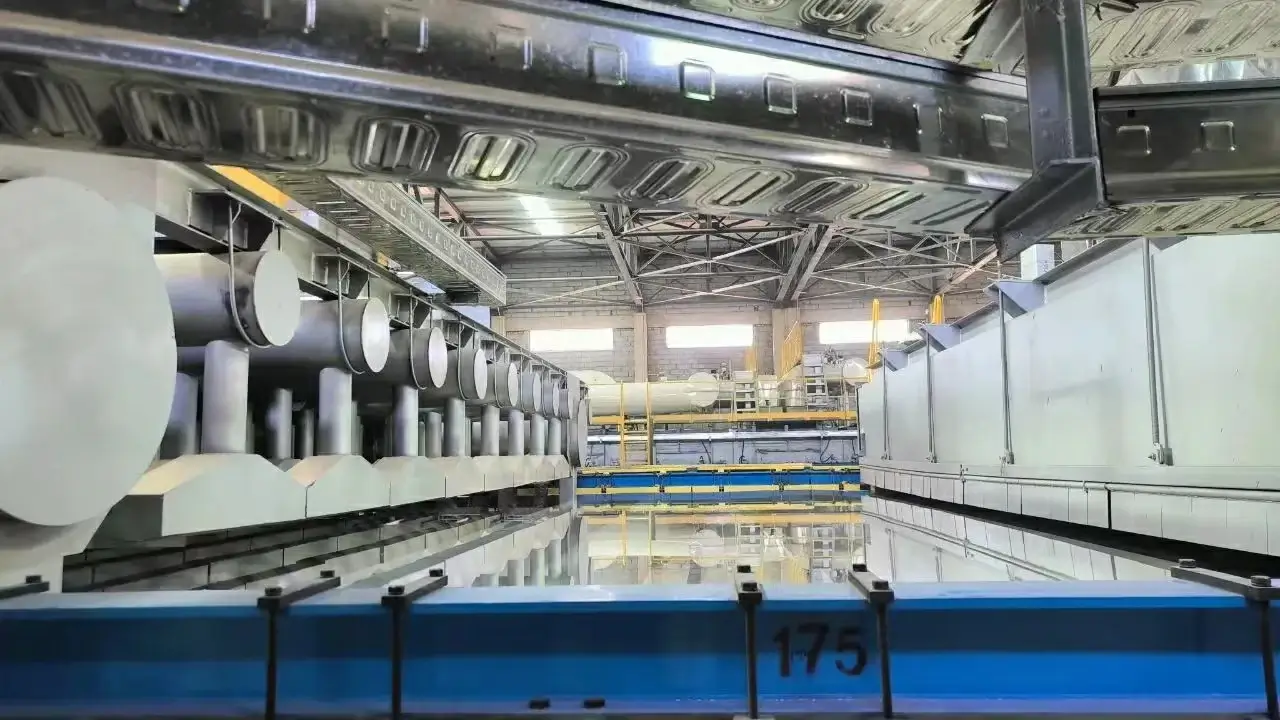

Understanding Solarban Low-E Glass A Step Towards Sustainable Architecture
In the realm of modern architecture, energy efficiency has become a cornerstone of design. Among the most innovative solutions to achieving this efficiency is the use of low-emissivity (Low-E) glass, particularly Solarban Low-E glass. This advanced glazing technology is not just about aesthetics; it represents a significant leap towards sustainability and energy conservation in building design.
What is Solarban Low-E Glass?
Solarban Low-E glass is a type of insulating glass that is treated with a microscopically thin, virtually invisible coating. This coating reflects infrared and ultraviolet light while allowing visible light to pass through. The primary purpose of this technology is to reduce the amount of heat transfer through the glass, thereby enhancing the energy efficiency of buildings. This glass plays a vital role in maintaining comfortable indoor temperatures, regardless of the external weather conditions.
- Energy Efficiency One of the most compelling advantages of Solarban Low-E glass is its exceptional thermal performance. By minimizing the transfer of heat, it helps maintain a stable indoor climate, reducing the reliance on heating and cooling systems. This energy efficiency not only lowers utility bills but also decreases the overall carbon footprint of a building, making it an eco-friendly choice.
- UV Protection In addition to energy savings, Solarban Low-E glass offers significant UV protection. It effectively blocks up to 99% of harmful ultraviolet rays, which are known to cause fading of furnishings and artworks. By utilizing this type of glazing, architects are not just protecting the interior of buildings; they are preserving the integrity and longevity of the invested assets.
- Daylighting Benefits Solarban Low-E glass also enhances natural light penetration into a building, crucial for creating welcoming and productive environments. This allowance for daylighting reduces the need for artificial lighting during the day, creating a more sustainable building model while also improving the well-being and productivity of occupants.

Aesthetic Versatility
Another remarkable aspect of Solarban Low-E glass is its aesthetic versatility. Available in a variety of colors, tints, and finishes, it can be tailored to meet the design preferences of architects and clients alike. Whether the goal is to achieve a sleek modern look or a more traditional aesthetic, Solarban Low-E glass can complement various architectural styles without sacrificing performance.
Building Regulations and Standards
As the demand for sustainable building practices grows, many local and international building codes have begun to incorporate energy performance standards. Solarban Low-E glass often exceeds these requirements, making it an ideal choice for projects aiming for certifications such as LEED (Leadership in Energy and Environmental Design).
Future of Solarban Low-E Glass
As technology continues to evolve, the capabilities of Solarban Low-E glass will likely expand, introducing even more efficient designs and applications. The ongoing research into nanotechnology and smart glazing systems shows promise for the future of energy-efficient buildings, potentially leading to even greater advancements in Low-E glass.
In conclusion, Solarban Low-E glass is a revolutionary component of modern architectural design that enhances energy efficiency, protects interiors, and contributes to sustainable living. By incorporating this advanced glazing solution, architects and builders are taking significant steps towards a greener, more sustainable future.